How to Make Easy Homemade Elderberry Syrup Recipe
Elderberry syrup recipe: As a busy mom of five and a Registered Nurse, I understand how tough it can be to keep your family healthy during flu season. That’s why I’m excited to share this simple, homemade elderberry syrup recipe. With just a few ingredients and a fraction of the cost of store-bought options, this elderberry syrup is a natural and effective way to support your immune system.
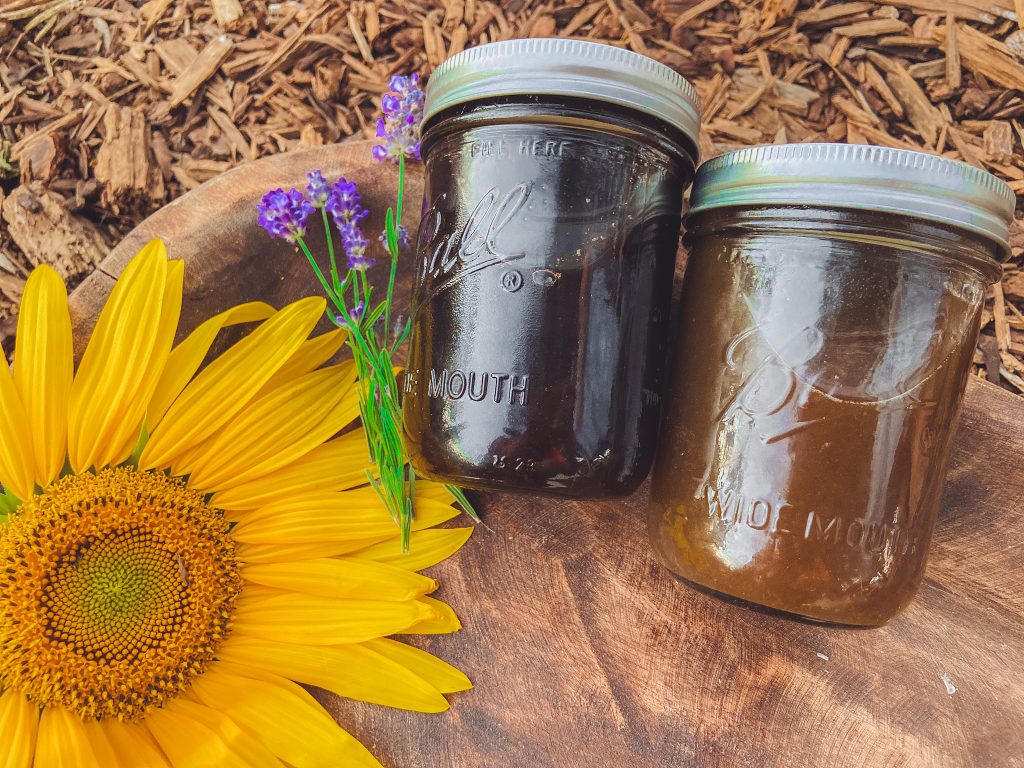
What are Elderberries?
Elderberries are the small, dark berries of the elder tree (Sambucus nigra). Found in North America and other parts of the world, these berries have been celebrated for their medicinal benefits for centuries. While elderberries have a fruity flavor and are delicious when cooked, raw elderberries and other plant parts of the elder tree can cause stomach upset and should not be consumed in large amounts.
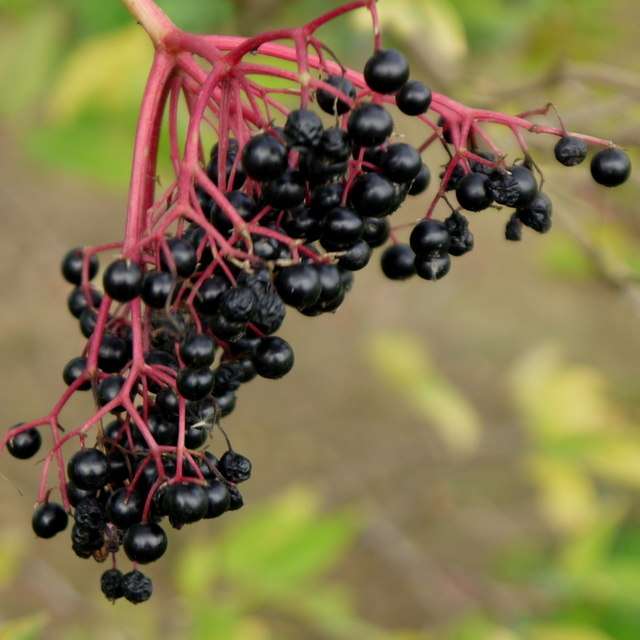
Rich in vitamins A and C, antioxidants, and flavonoids, elderberries provide numerous health benefits. They are especially well-known for boosting the immune system, making them a natural remedy for flu symptoms and sore throats. Elderberries can also be used in elderberry tea, gummies, syrups, and even culinary creations like jams and pies.
Historical Use of Elderberries
For centuries, elderberries have been used in traditional medicine to combat colds, reduce inflammation, and improve overall health. Native Americans and Europeans valued elderberries as a natural remedy for various ailments, including fever and respiratory issues.
Why Elderberries Are a Natural Remedy for Immune Support
Elderberry syrup, made with either fresh or dried elderberries, is a popular natural remedy for supporting the immune system, especially during flu season. The health benefits of Sambucus nigra (black elderberries) are well-known, with its high antioxidant content and medicinal value being a great way to fight off flu symptoms like sore throats and congestion.
Whether you use fresh elderberries, dried elderberries, or elderberry extract, this easy elderberry syrup recipe offers daily immune support. Adding spices like cinnamon sticks, fresh ginger, and whole cloves enhances the flavor and boosts the syrup’s medicinal properties.
This homemade elderberry syrup is not only a fraction of the cost of store-bought options but also a simple, effective way to incorporate natural remedies into your wellness routine. Keep your family healthy this flu season with a simple elderberry recipe that you can even make with your own elderberries!
What is Herbal Syrup?
Herbal syrups are water-based extractions combined with a sweetener, typically raw honey, to make them more palatable, especially for children. This makes them a great way to deliver immune-boosting properties without the fuss, as the honey adds a sweet, treat-like element rather than tasting like medicine.
Herbal syrups can be used to support various health conditions, such as soothing coughs, easing sore throats, or helping with digestive upset. In this case, the focus is on creating a syrup that supports the immune system, either for prevention or to assist in healing during flu season. This easy elderberry syrup recipe is a great example of how herbal syrups can provide natural, effective immune support.
Save for Later!
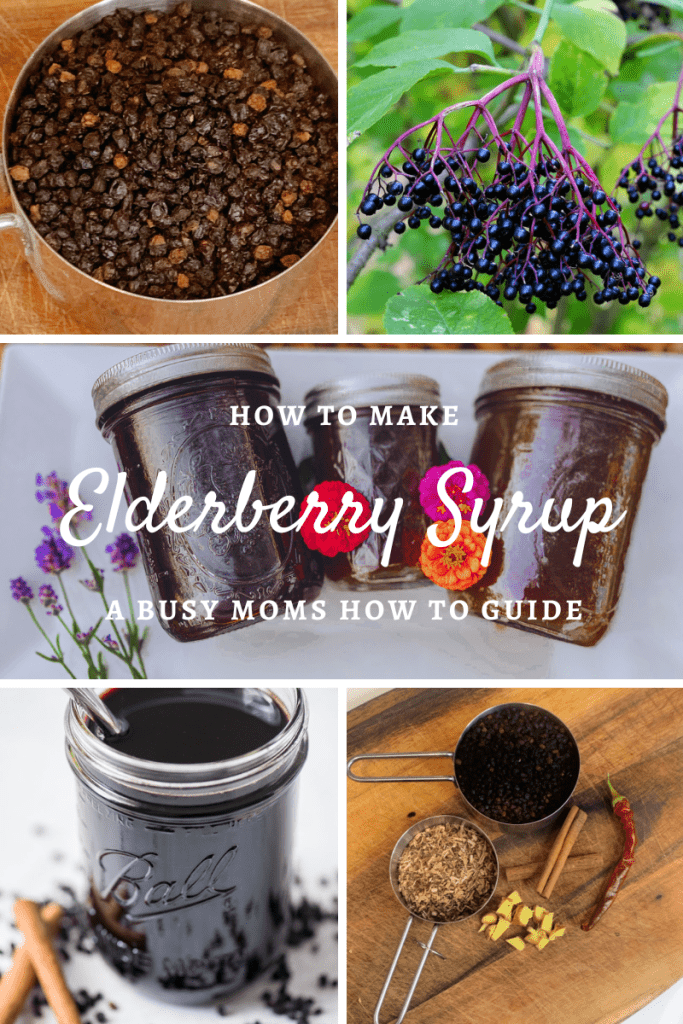
Why Make Your Own Elderberry Syrup?
Making your own elderberry syrup is simple, cost-effective, and allows you to control the ingredients based on your flavor preferences. Store-bought options often come with added sugar content or artificial preservatives, but this homemade recipe uses natural remedies like fresh ginger, cinnamon sticks, and local raw honey for sweetness and medicinal value. Plus, it’s an easy recipe to make, even if you’re short on time.
Cost-Effective and Eco-Friendly
When you make elderberry syrup at home, you not only save money but also reduce waste by reusing jars and avoiding single-use packaging. Additionally, sourcing local ingredients supports your community and ensures freshness.
How to Make Elderberry Syrup
Tools Required:
- stock pot
- mesh strainer
- quart jar
- large stirring utensil
- large bowl or measuring cup
ingredients:
- dried elderberries
- dried echinacea
- dried rosehips
- dried cayenne pepper
- cinnamon stick
- fresh ginger
- raw honey
- water
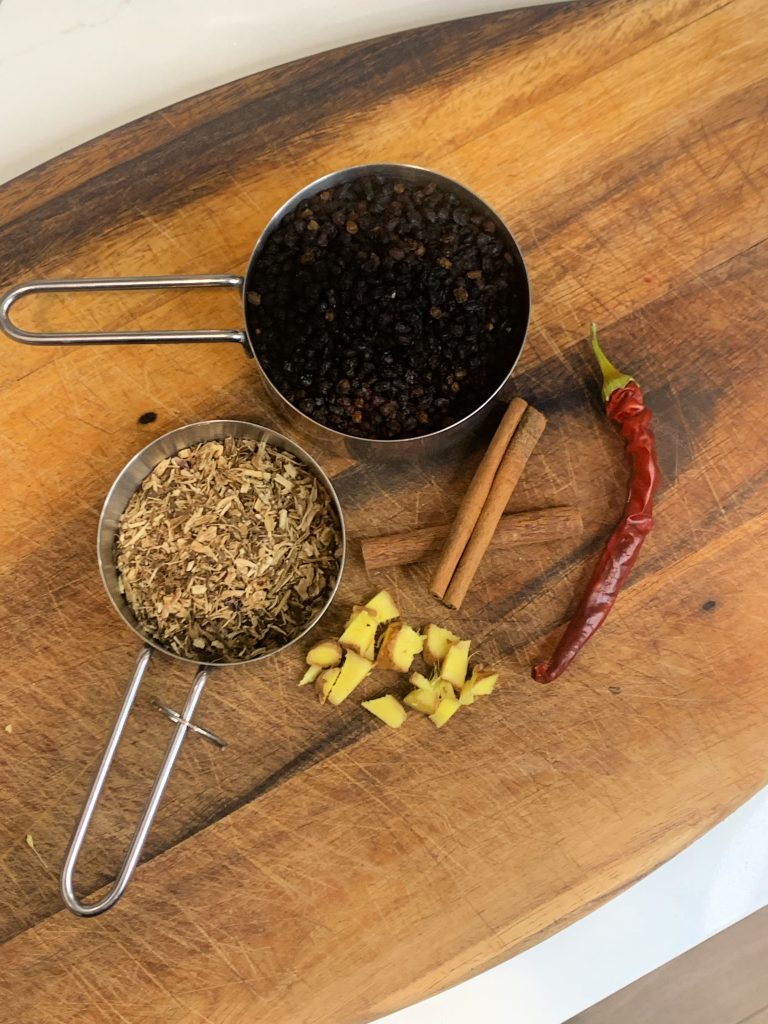

Why use these ingredients in elderberry syrup
Echinacea aids in the process of antibody formation and helps stimulate the production of white blood cells to help your body fight infections and is antiviral. It can also inhibit the spread of infection. It is also antiseptic, antivenomous, immune stimulant and lymphatic.
Ginger enhances immune function and increases blood circulation. It is a very strong anti-inflammatory.
Cinnamon is a strong antimicrobial and has very powerful antibacterial and antifungal properties.
Rose hips strengthen capillaries and are rich in bioflavonoids and vitamin C. They are helpful for colds, are anti-inflammatory, antibacterial and astringent.
Step-by-Step Instructions
Step 1: Combine Ingredients
Add the water to your pot while on medium to low heat. Add in all of the herbs.
Allow to come to a simmer, not a boil. We want this low and slow.
Once the water level has evaporated at least 1 cup and the cinnamon sticks have opened up, you can turn off the heat and allow to cool some before straining if desired.
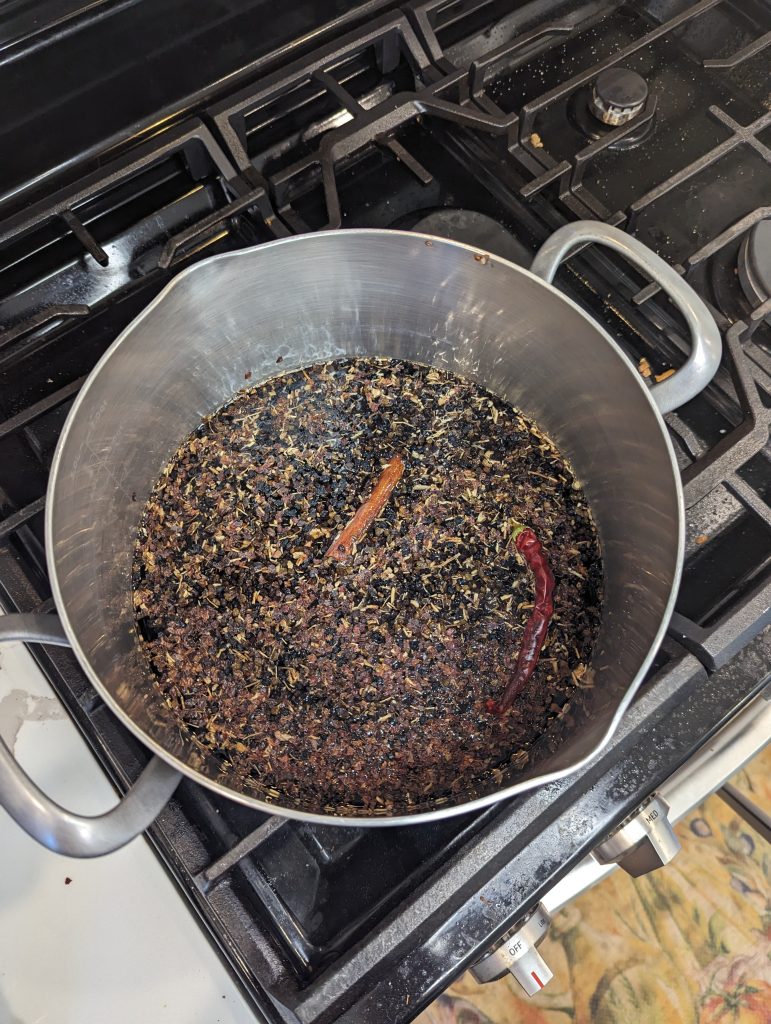
Step 2: Simmer and Mash
Use a large bowl or measuring cup (as pictured here) with a mesh strainer over it to strain out the herbs and the syrup. Use your mixing tool to smoosh out as much liquid as possible. You don’t want to waste any of that liquid.
Using a large glass measuring cup like this one will allow you to see the amount of syrup you have to better adjust for your jar size and the amount of honey you may want to add.
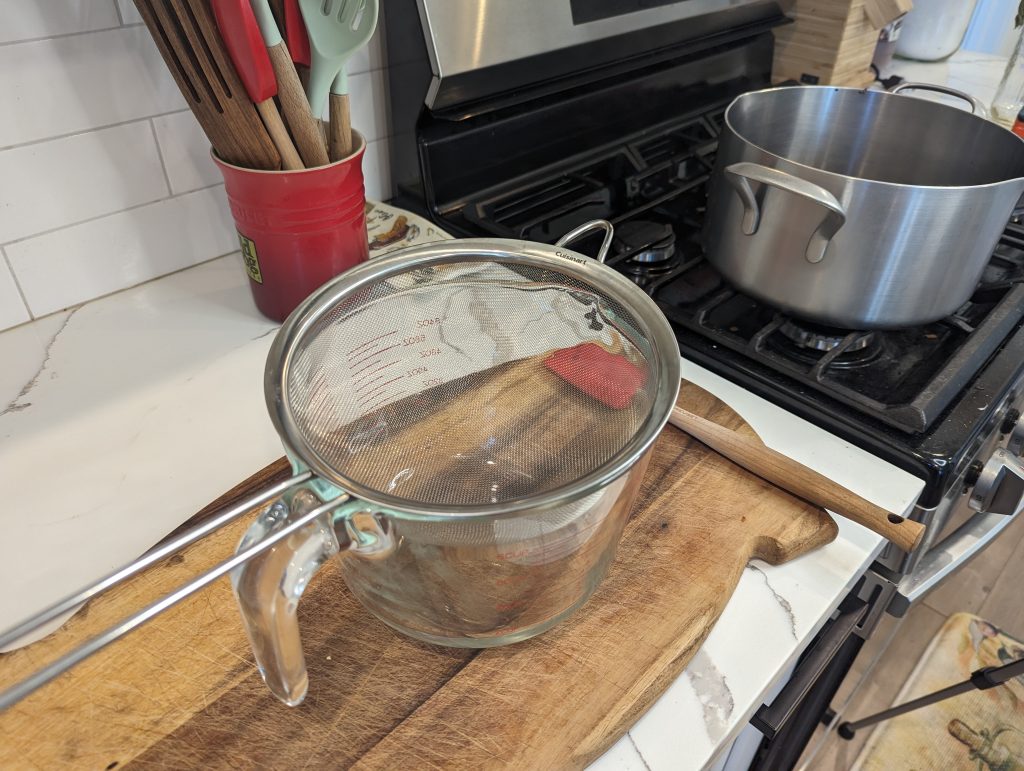
Step 3: Strain the Syrup
You can see how the cinnamon sticks have opened up here.
The large glass measuring cup allows me to see that I have 2 cups of syrup and that adding my 1 cup of honey to it, will fit well into the quart-sized jar that I have.
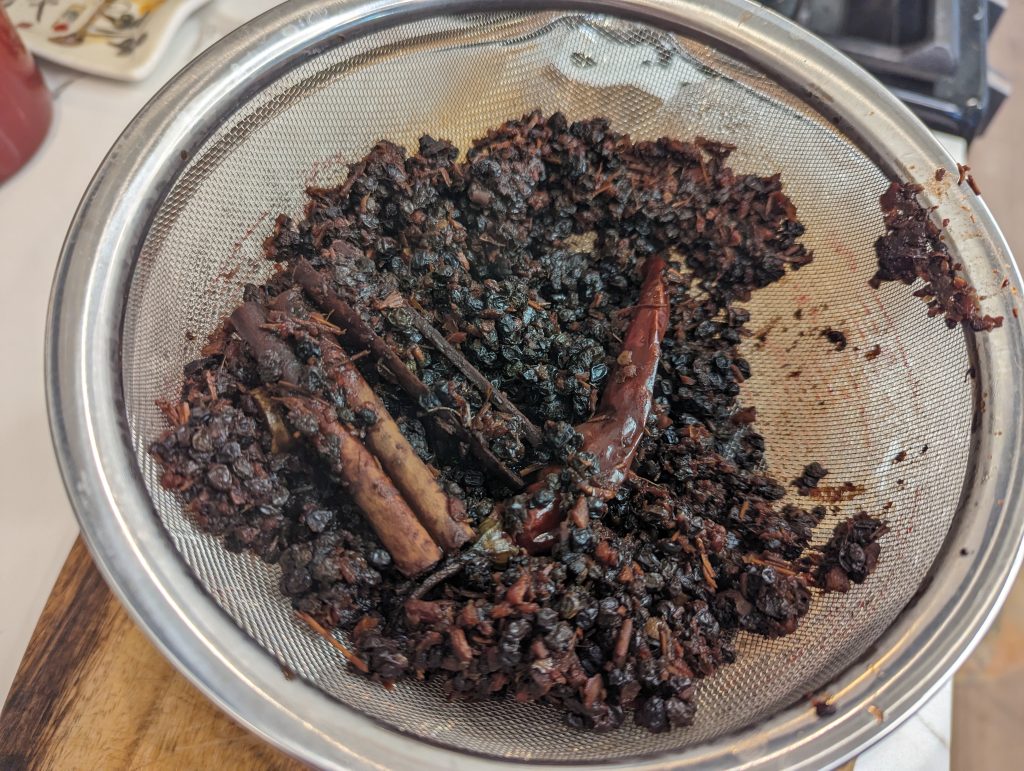
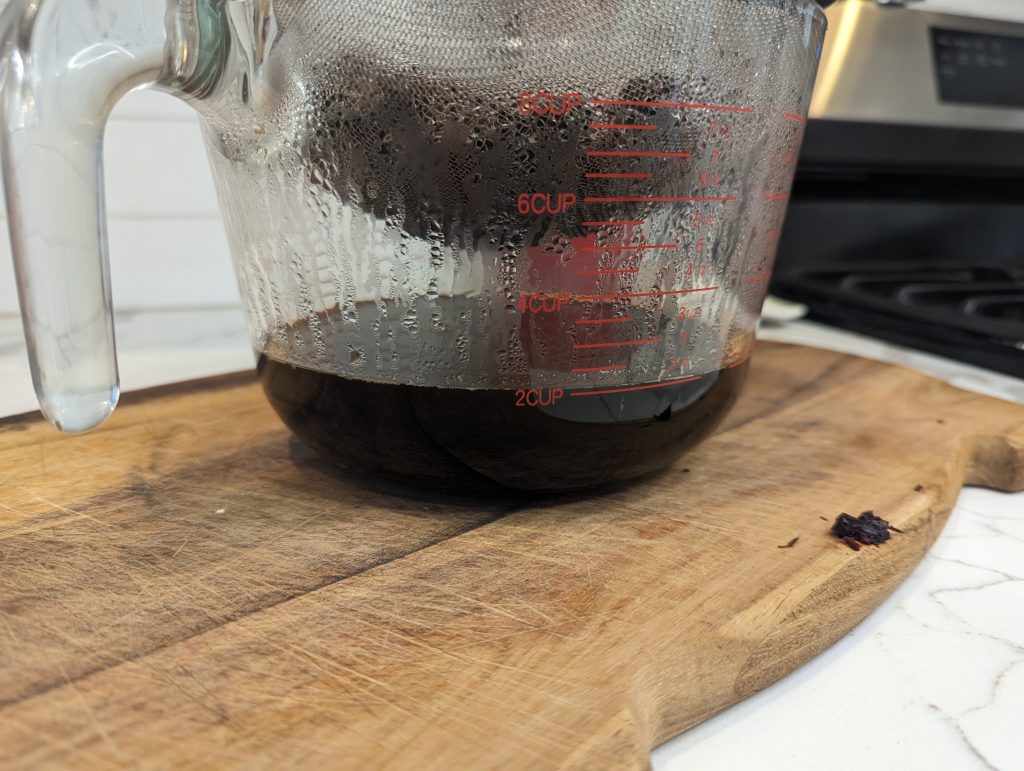
Step 4: Sweeten the Syrup
Pour your honey into the jar while the elderberry syrup cools to around 100 degrees F. This is important so that you do not kill off the raw and therapeutic properties of the honey.
If you are going to be using processed honey, you do not need to wait for the syrup to cool.
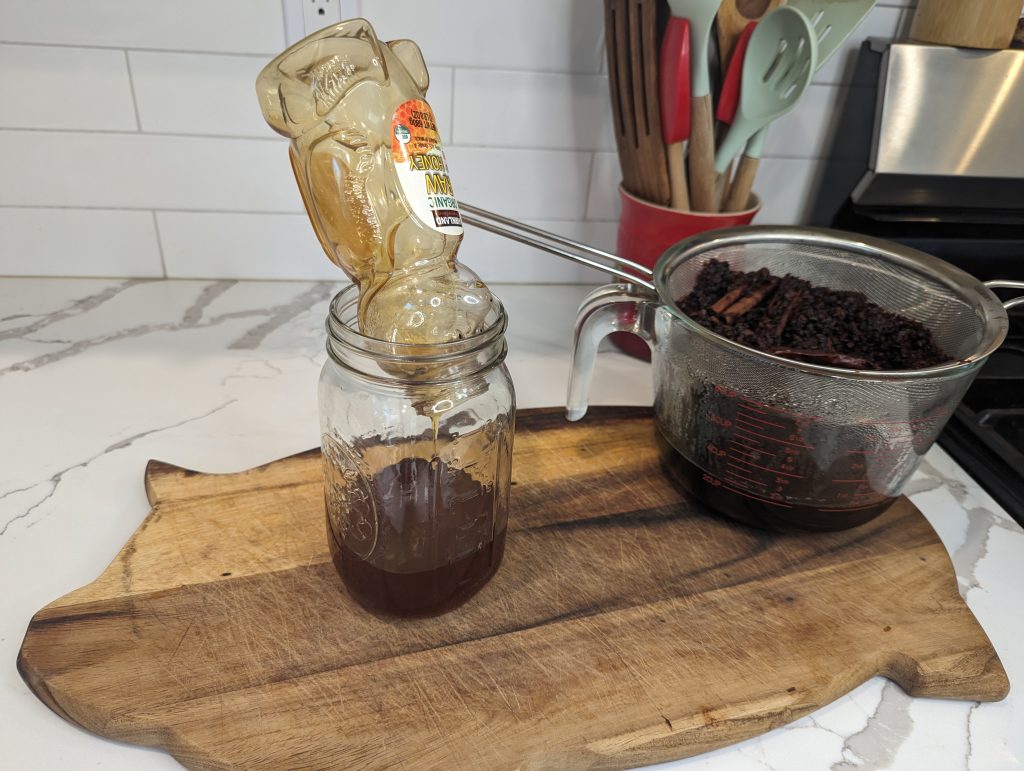
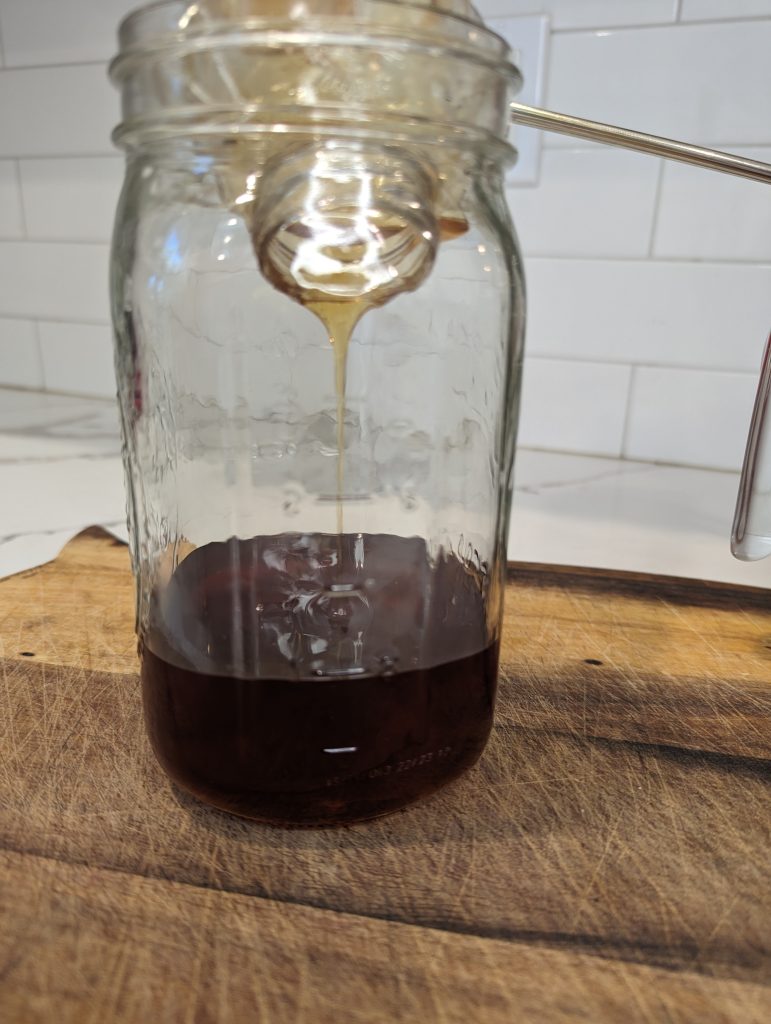
Step 5: Store the Finished Syrup
Once the elderberry syrup has cooled, you can pour it into your honey-prepared jar and stir to combine.
You can add more honey if desired for consistency or added sweetness.
Apply a leakproof lid. Once completely cool, store in the fridge for up to 6 months.
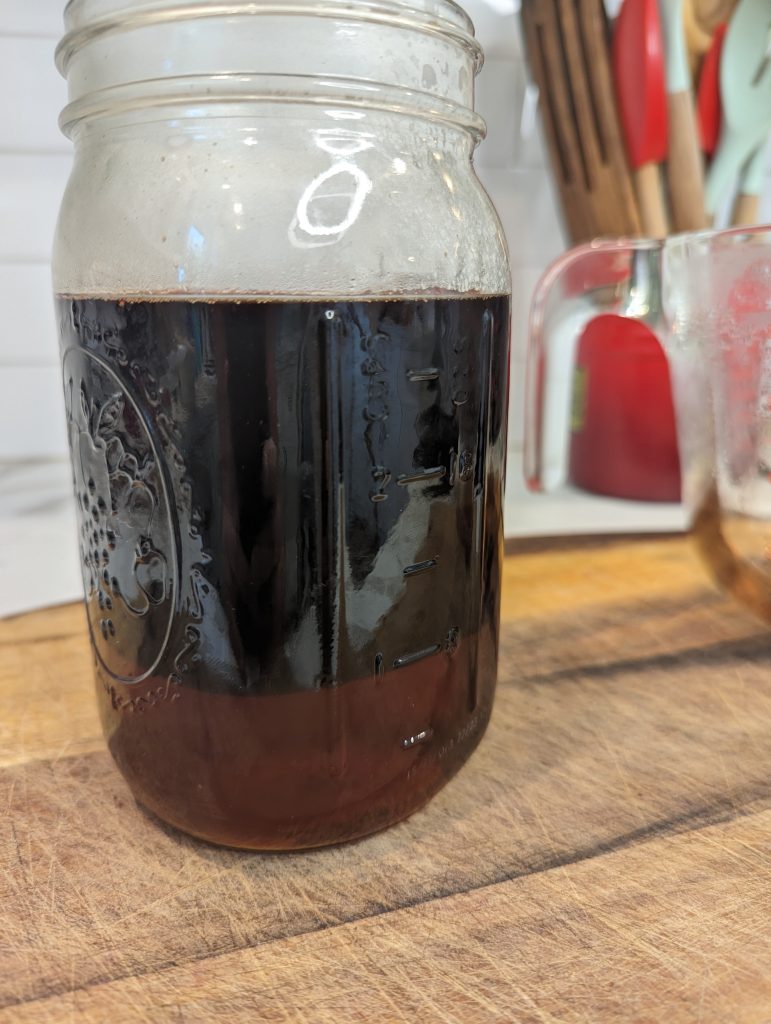
Directions for use:
- Adult: Take 15-30ml daily for prophylaxis. Take a 2-day break every few weeks. Take 15-30ml 3-5 times a day if sick until healthy then take a 2-day break.
- Children: Take 5-7.5ml daily for prophylaxis. Take a 2-day break every few weeks. Take 5-7.5ml 3-5 times a day if sick until healthy then take a 2-day break.
- *Not recommended for under 1 year of age due to raw honey.
Creative Ways to Use Elderberry Syrup
- Mix with sparkling water for a refreshing drink.
- Drizzle over yogurt, pancakes, or desserts.
- Add to herbal teas for an immune-boosting treat.
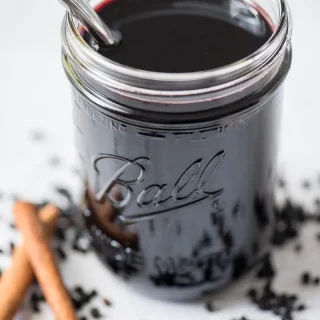
Elderberry Syrup
Equipment
- 1 stock pot
- 1 mesh strainer
Ingredients
- 5 cups Water
- 1 cup Dried elderberries Organic is always best when possible
- 1 tablespoon Fresh ginger can substitute with dried
- 1/4 cup Echinacea
- 1/4 cup Rosehips
- 2 Cinnamon Sticks
- 1 medium dried cayenne pepper Can crush before adding
- 1 cup Raw honey Can add less or more to taste
Instructions
- Pour water into the pot while on medium to low heat
- Add in all of the herbs and do a quick stir.
- Let the mixture come to a simmer. The syrup is done when the cinnamon sticks have opened and the water level has evaporated by at least 1 cup.
- Strain mixture with a mesh strainer into a large enough measuring cup/bowl. While allowing the mixture to cool to approximately 100 ℉, add your honey into the quart jar. Once mixture is cooled, pour into the jar and stir.
- Apply a leak proof lid. Once syrup is completely cool, store in fridge for up to 6 months.
Video
Notes
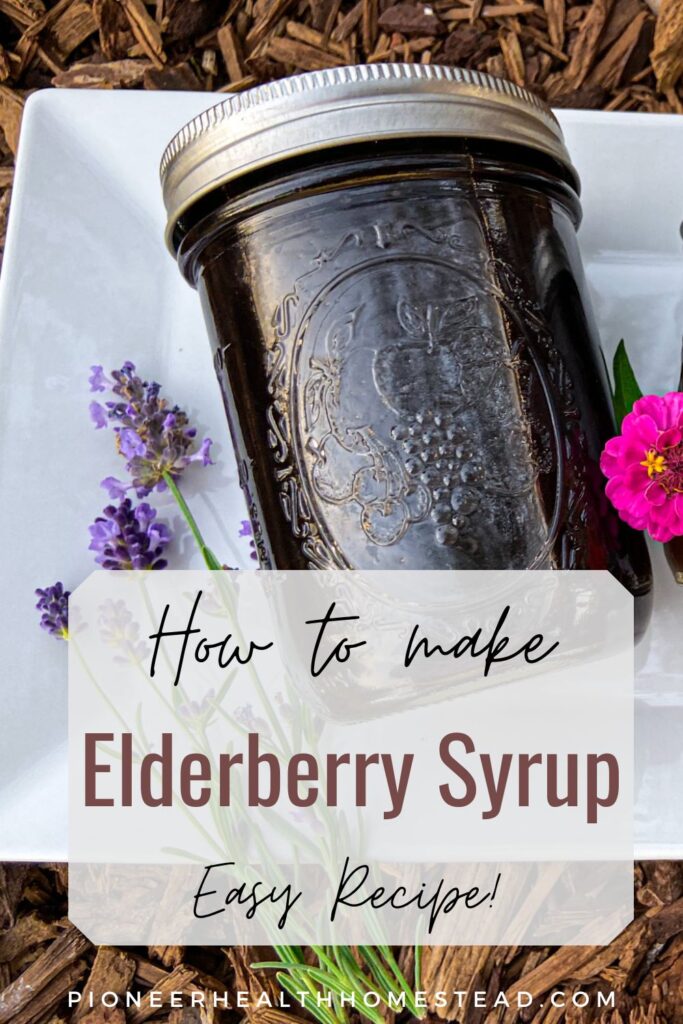
More Elderberry Syrup Recipes to Try
Fresh Berries or No Honey – Your Choice!
Be sure to check out my other posts for even more elderberry syrup options! I have a recipe made with fresh elderberries, as well as one that’s perfect if you prefer to make it without honey. Both are simple and effective ways to support your immune system naturally!
Benefits of Elderberry Syrup Over Store-Bought Remedies
- No Artificial Additives: Homemade syrup avoids artificial preservatives and high-fructose corn syrup.
- Customizable Sweetness: Adjust sugar levels to suit dietary needs.
- Better Potency: Freshly made syrup retains more of the elderberry’s medicinal value.
Where can I buy elderberry syrup already made?
Check out my online store for elderberry syrup and other syrups if you’re local. There are also salves and more that are able to be shipped.
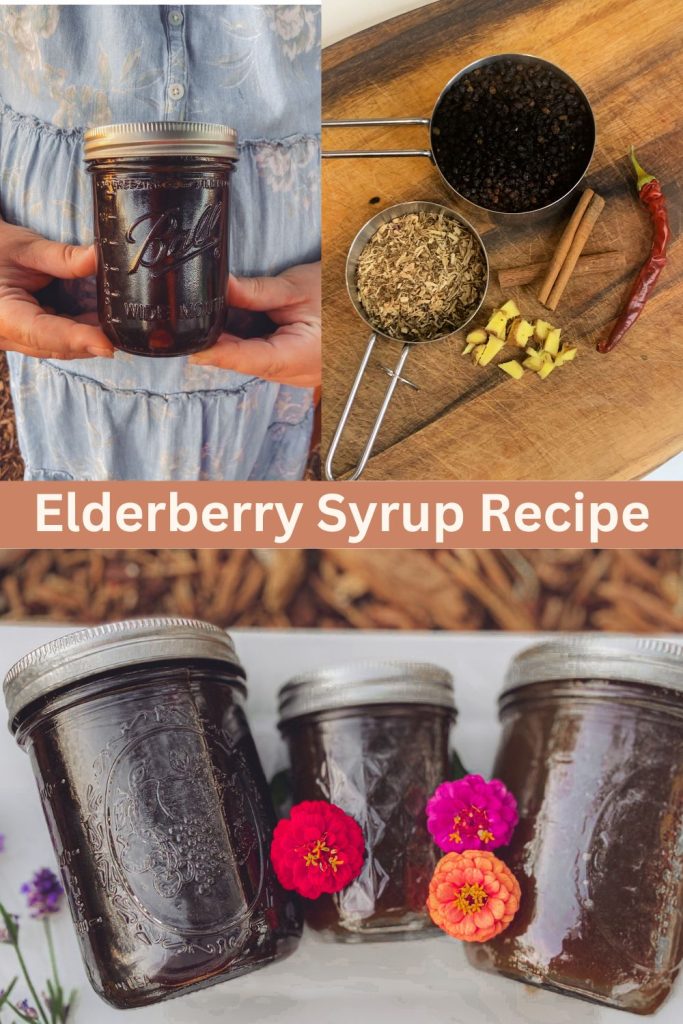
Overview
As a busy mom of five and a Registered Nurse, I know firsthand how challenging it can be to keep your family healthy during flu season. That’s why I’m excited to share this easy elderberry syrup recipe. With simple ingredients and a fraction of the cost of store-bought options, this homemade elderberry syrup is a great way to support your immune system naturally.
Let Me Know!
Let me know if you made this recipe and how it has worked for you and your family in the comments. Also let me know if you made any changes to better suit your needs.
Frequently Asked Questions About Elderberries
Can Elderberry Syrup Be Used During Pregnancy?
While elderberry syrup is generally safe, pregnant women should consult with a healthcare provider before use.
How Does Elderberry Syrup Work?
Elderberries are rich in compounds that boost immune function and reduce the duration of colds and flu symptoms.
Are There Any Side Effects?
Elderberries are safe when cooked, but raw elderberries can cause nausea. Always ensure they are properly prepared.
Where to Find the Best Elderberries
Sourcing high-quality elderberries is essential. Look for organic options from trusted suppliers like Mountain Rose Herbs or your local health food store. Growing your own elderberry plants is another great option for a fresh and reliable supply.
Stay well and enjoy this homemade elderberry syrup recipe as part of your wellness journey!
Disclaimer
The information provided on this website, including blog posts, product descriptions, and educational content, is intended for informational purposes only. It is not intended to diagnose, treat, cure, or prevent any medical condition. Always consult with a healthcare professional before using any herbal remedies, supplements, or natural products, especially if you are pregnant, nursing, have a medical condition, or are taking medication.
The products sold on this site are not intended to replace medical advice or treatment. While we strive to provide accurate and helpful information, individual results may vary. Use products and remedies at your own discretion and responsibility.
Pioneer Health assumes no responsibility for any adverse effects or consequences that may arise from using the information or products on this website. Always do your research and seek professional medical guidance when needed.
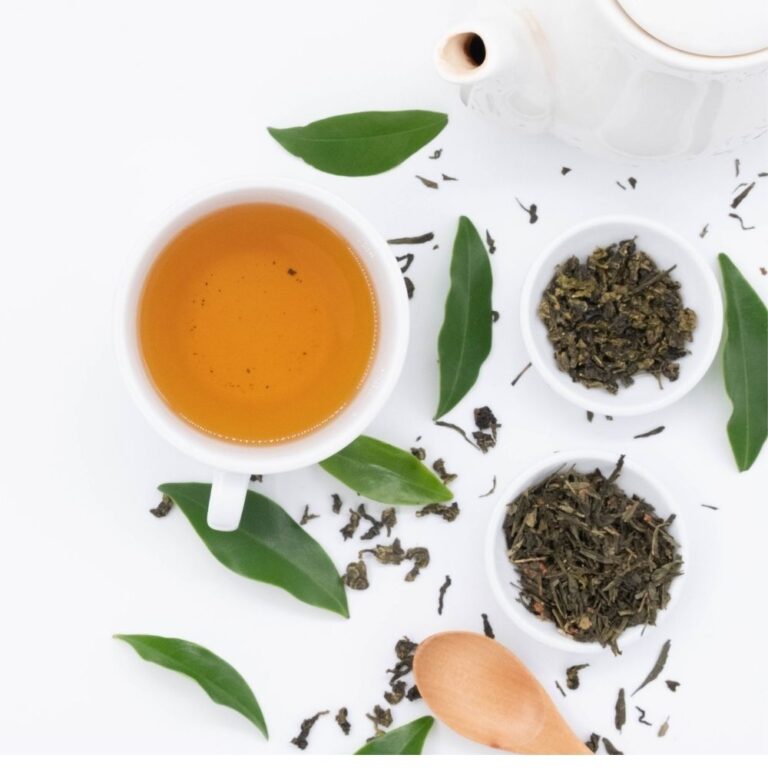
Green Tea Vs Herbal Tea: The Best Complete Tea Guide
Sharing is caring! Facebook Pinterest X Green Tea Vs Herbal Tea: The Best Complete Tea Guide Understanding the Differences Green tea vs herbal tea is a popular debate among tea lovers worldwide. Both offer unique flavors, health benefits, and caffeine content. Tea has a rich history and is enjoyed in many cultures. From Chinese green…
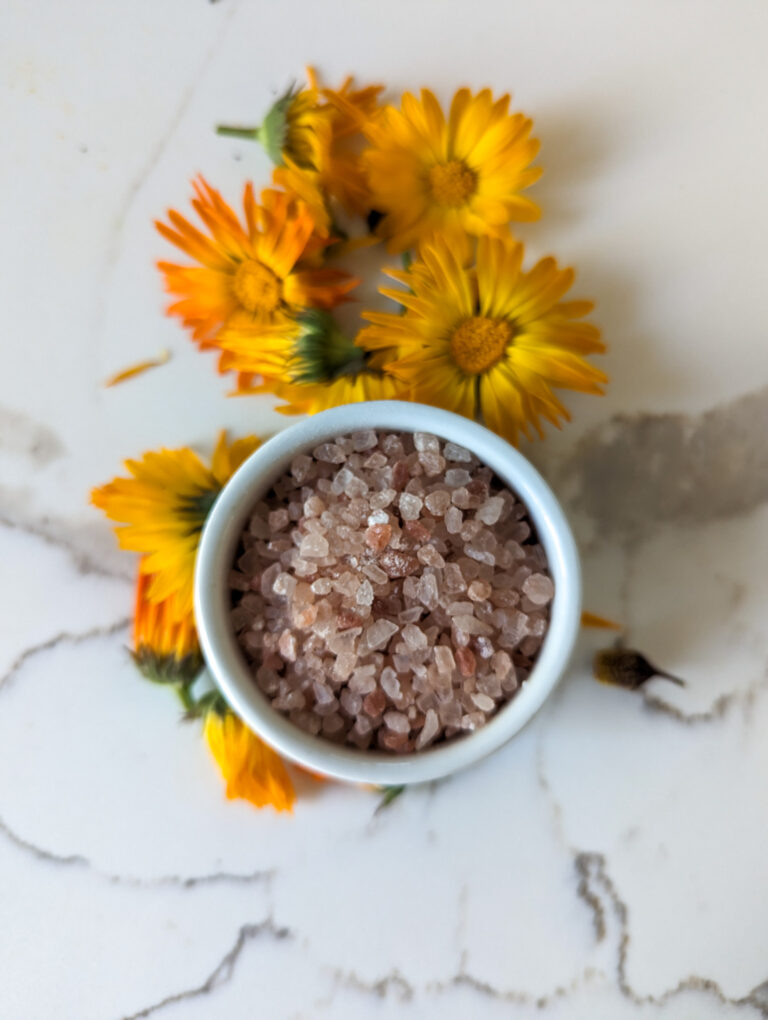
How to Make Bath Salts Without Epsom Salt: Free Recipe
How to Make Bath Salts Without Epsom Salt: Free Recipe How to Make Bath Salts Without Epsom Salt Homemade bath salts without Epsom salt are a great way to enjoy a luxurious soak. You can use natural ingredients like coarse sea salt, baking soda, and pink Himalayan salt for a soothing experience. A relaxing bath…
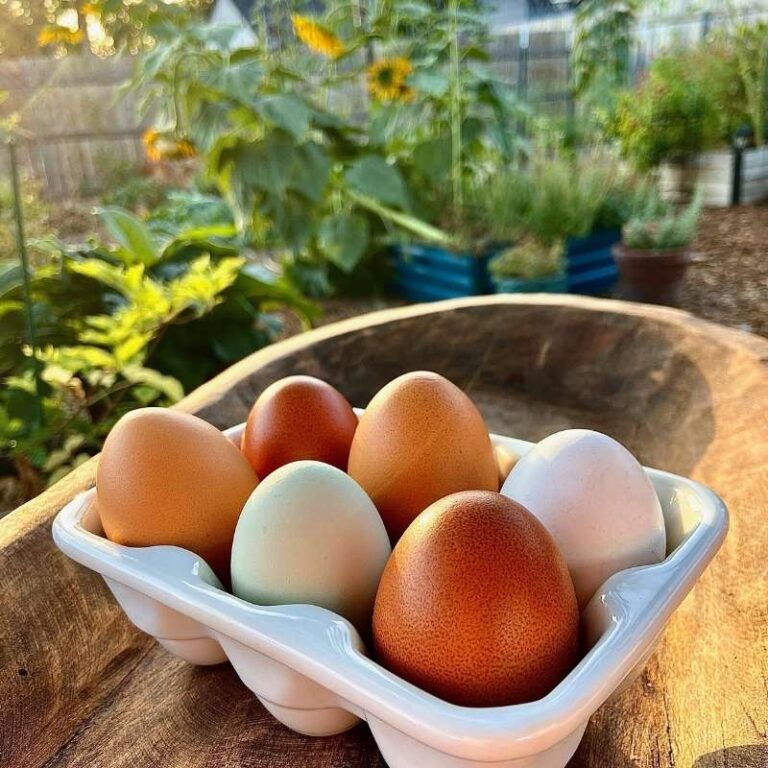
Homesteading in California: How to Start at Any Stage
Homesteading in California: How to Start at Any Stage How Homesteading in California is Possible Homesteading in California is a journey that looks different for everyone, depending on where you live in this vast and diverse state. From the deserts dotted with Joshua trees in the south, to the rugged mountain ranges in the north,…
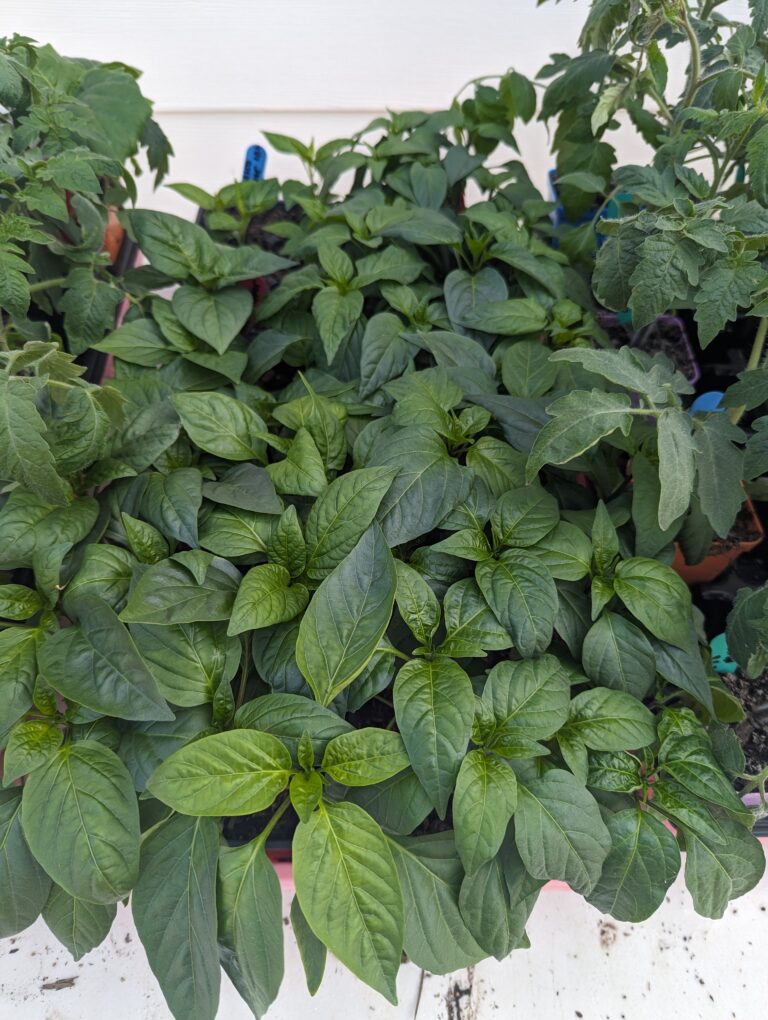
How to Make Peppers Grow Faster: Guide and Easy Tips
How to Make Peppers Grow Faster: Guide and Easy Tips How to make peppers grow faster is a common question among home gardeners seeking to maximize their growing season. Whether you’re nurturing sweet peppers, green peppers, or hot pepper plants, creating ideal conditions is essential for pepper success. The best way to achieve healthy pepper plants…

The Different Types of Cloth Diapers: Ultimate Guide
The Different Types of Cloth Diapers: Ultimate Guide The different types of cloth diapers offer a sustainable and eco-friendly alternative to disposable diapers for your baby. As a mom of five and a Registered Nurse, I’ve seen the many benefits of reusable cloth diapers firsthand. This guide will help you understand the major types of…
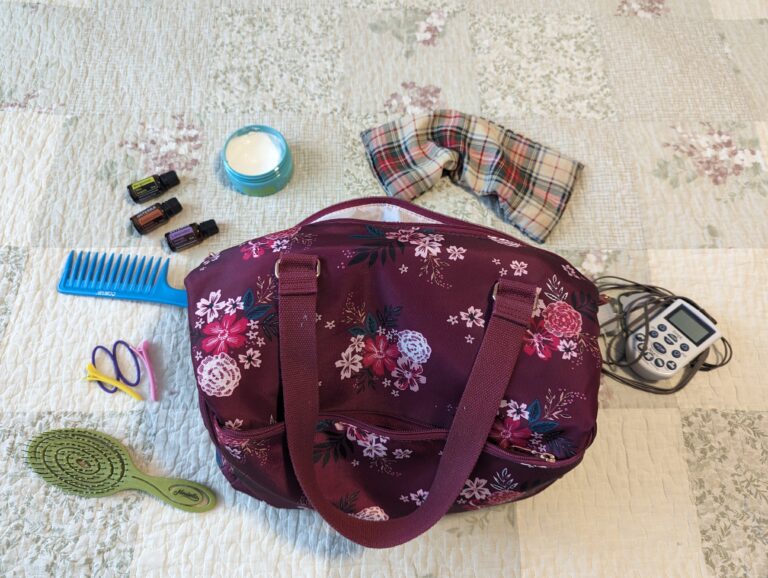
The Best Doula Bag Essentials Kit for Birth and Postpartum
The Best Doula Bag Essentials Kit for Birth and Postpartum The Best Doula Bag Essentials Kit for Birth and Postpartum A well-stocked doula bag is essential for supporting women during birth and postpartum. As a Registered Nurse, mother of five, and former Navy Hospital Corpsman, I’ve experienced the birthing world from many angles. I’ve worked…
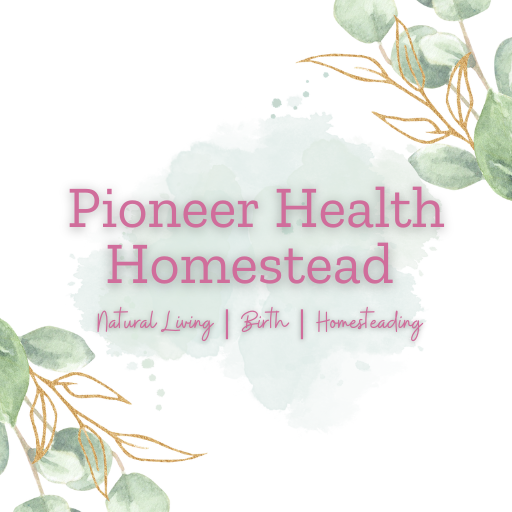
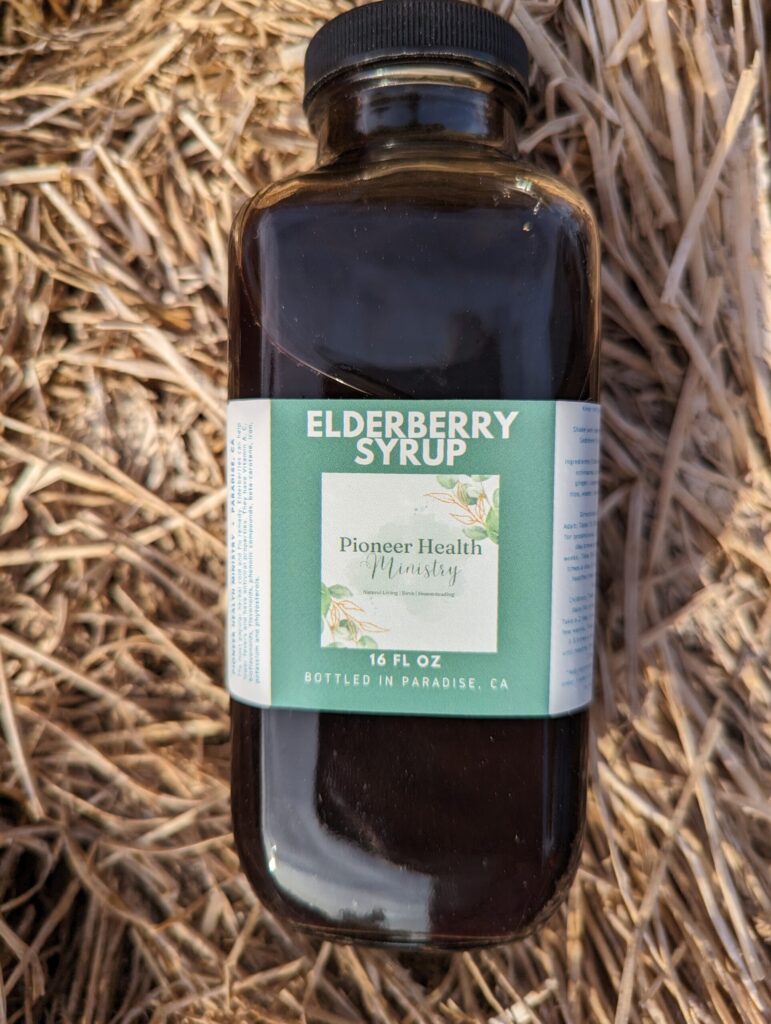
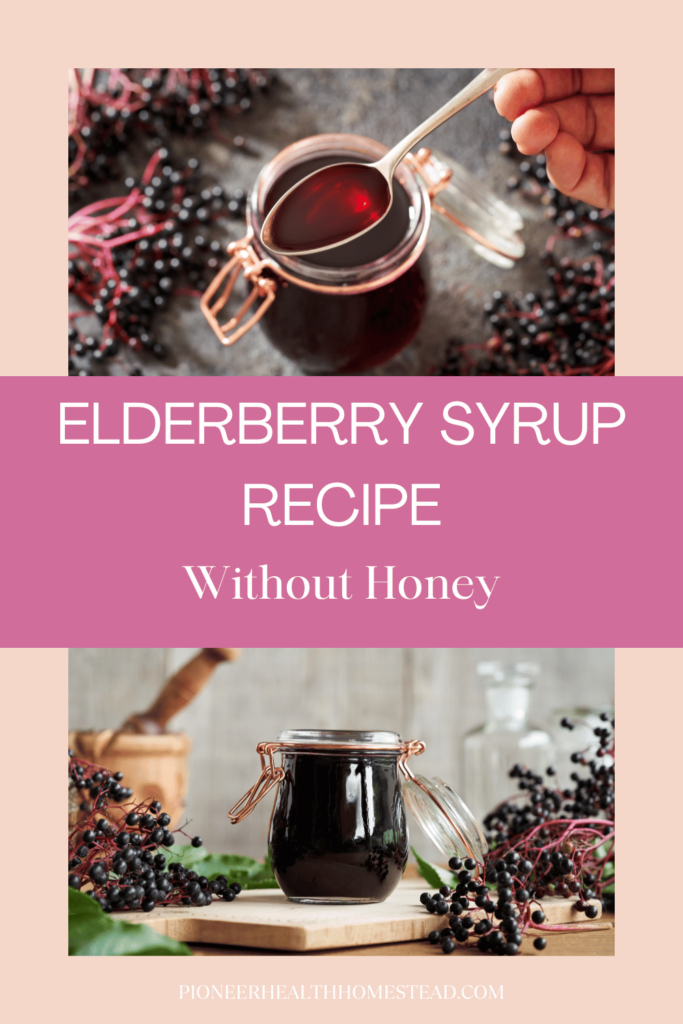
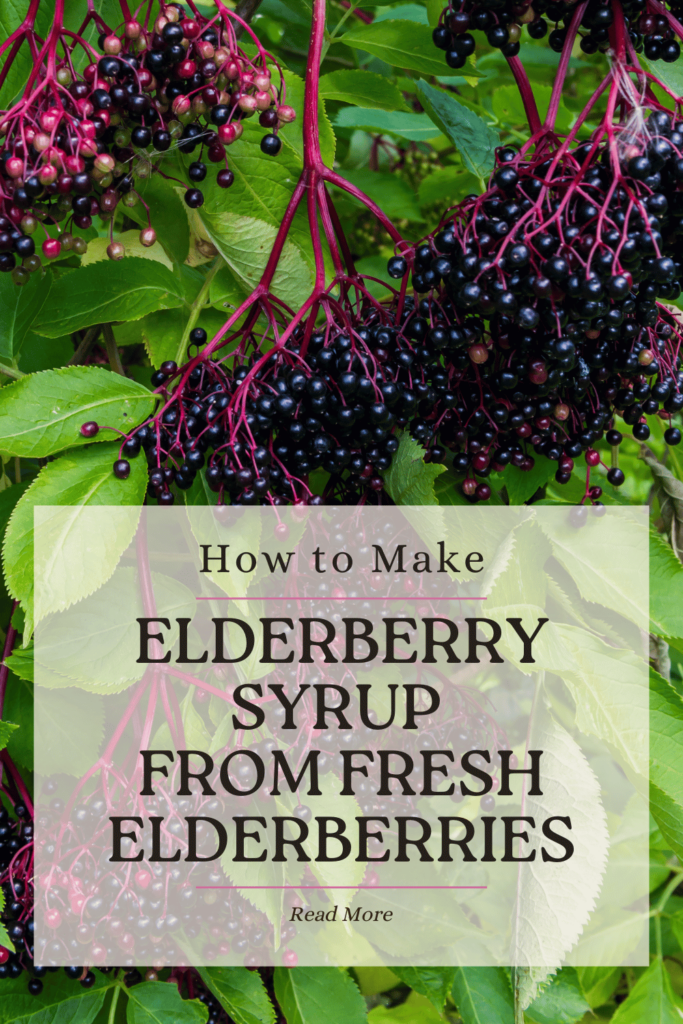
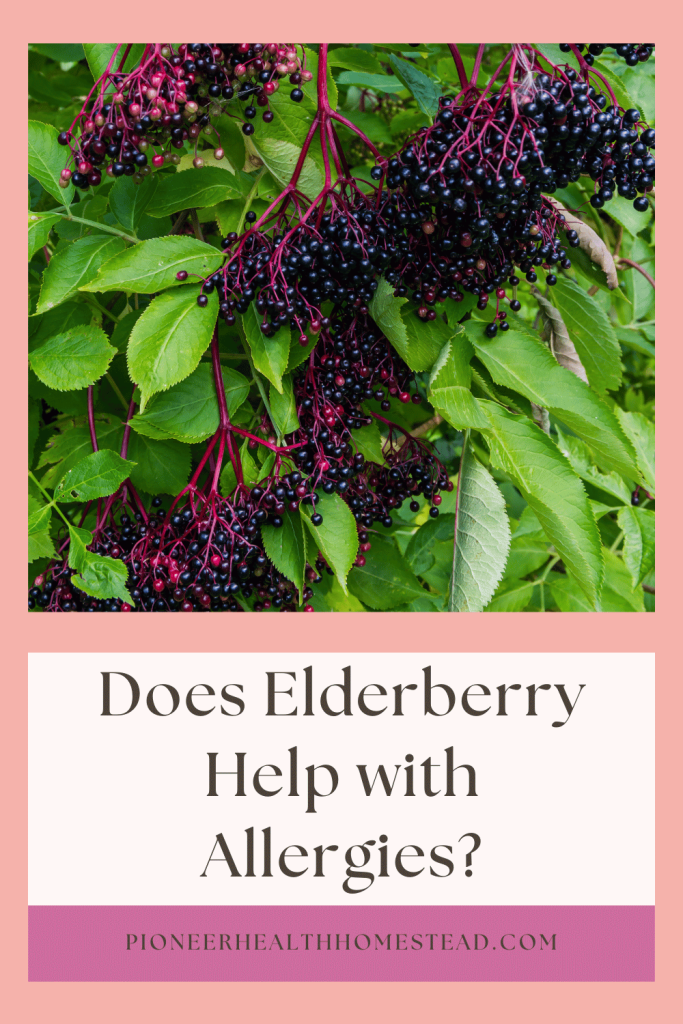
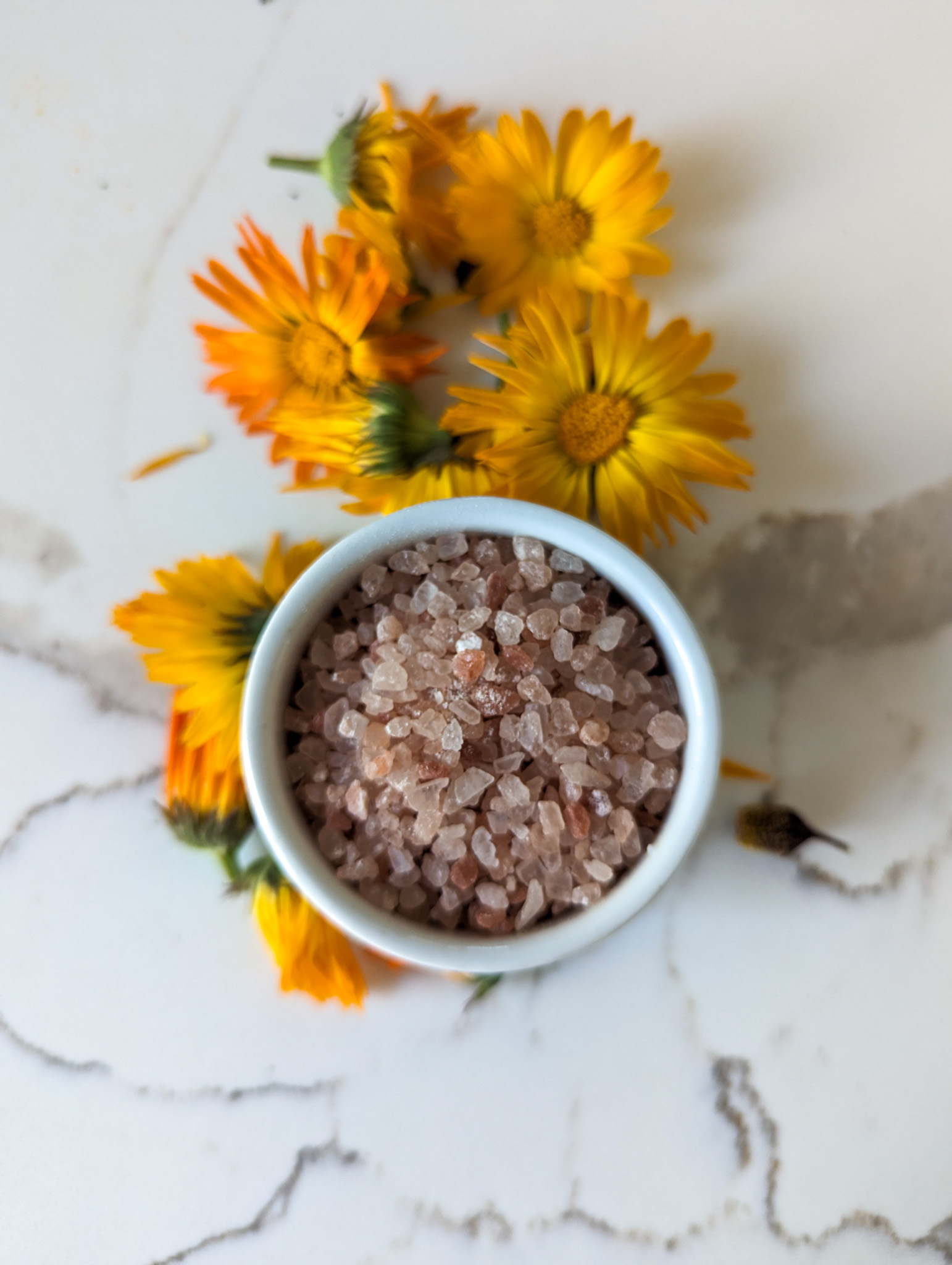
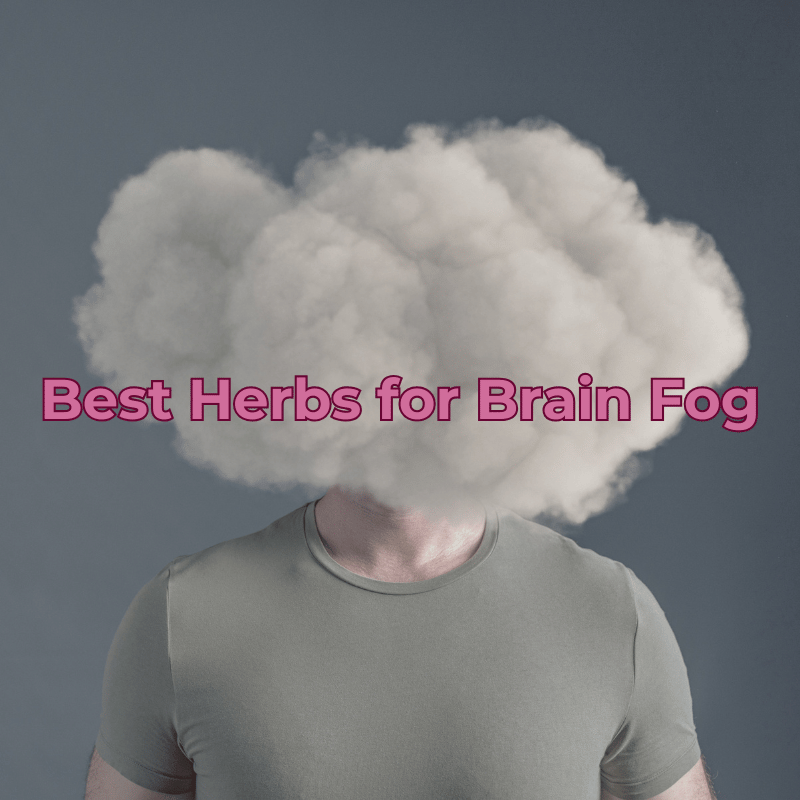
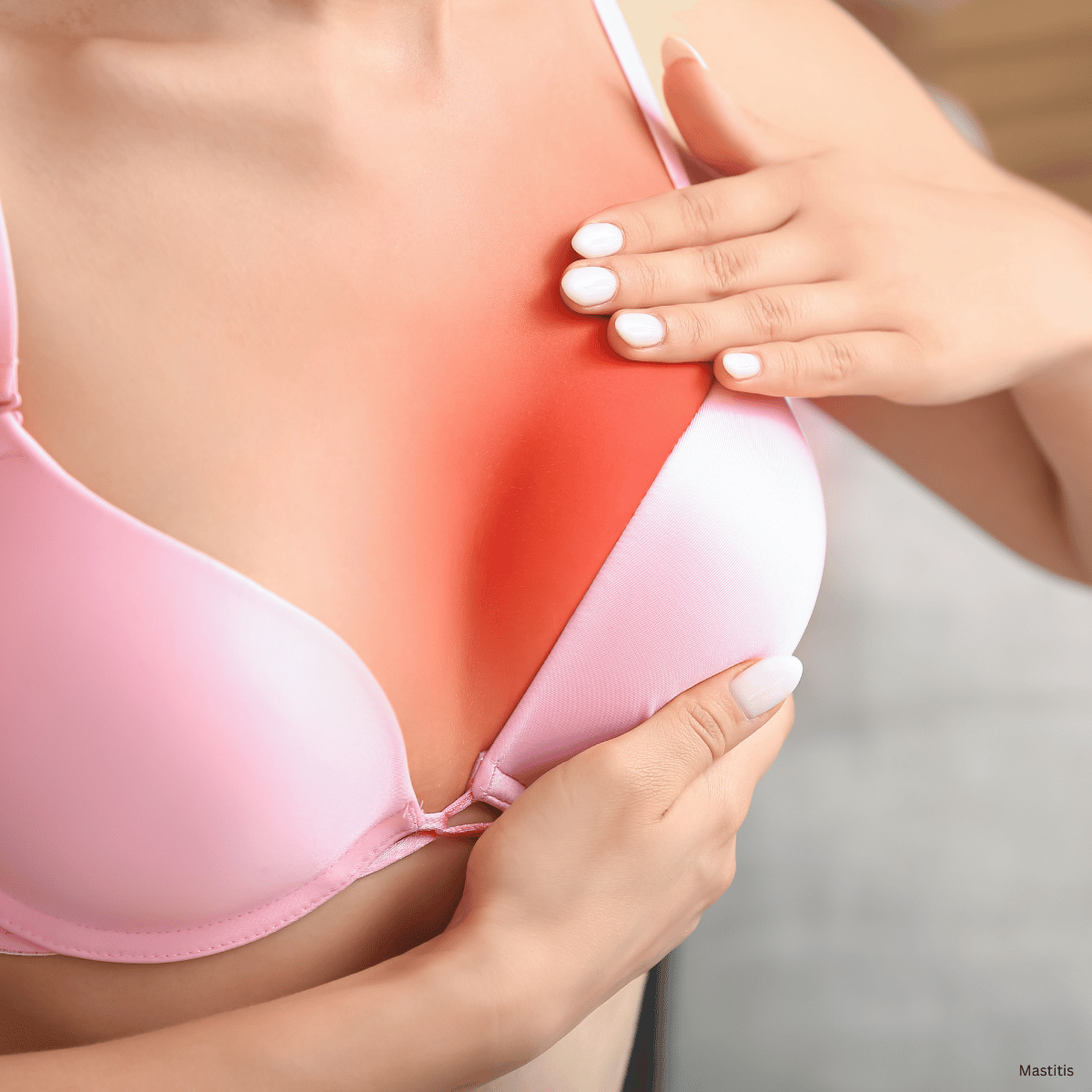
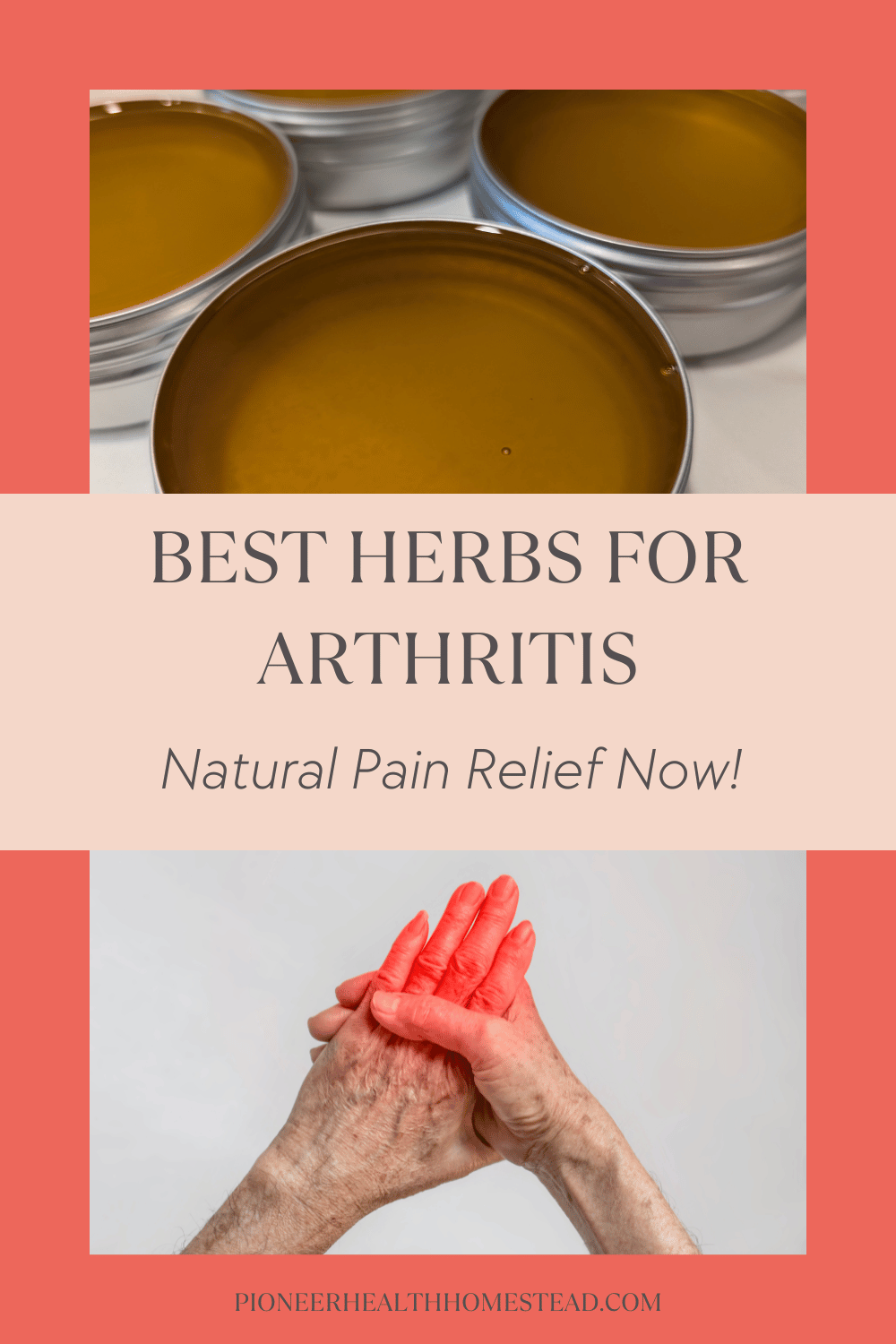
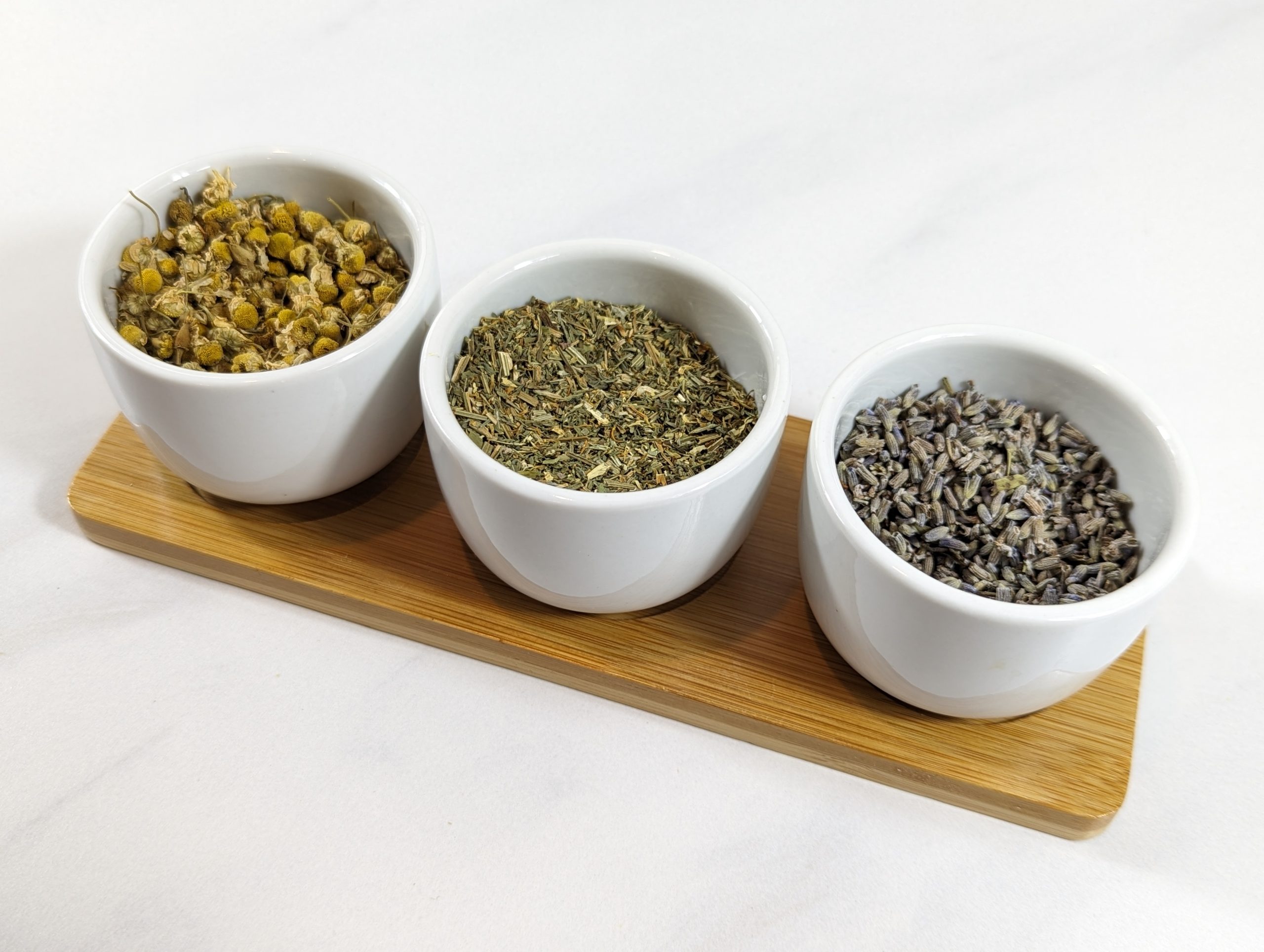
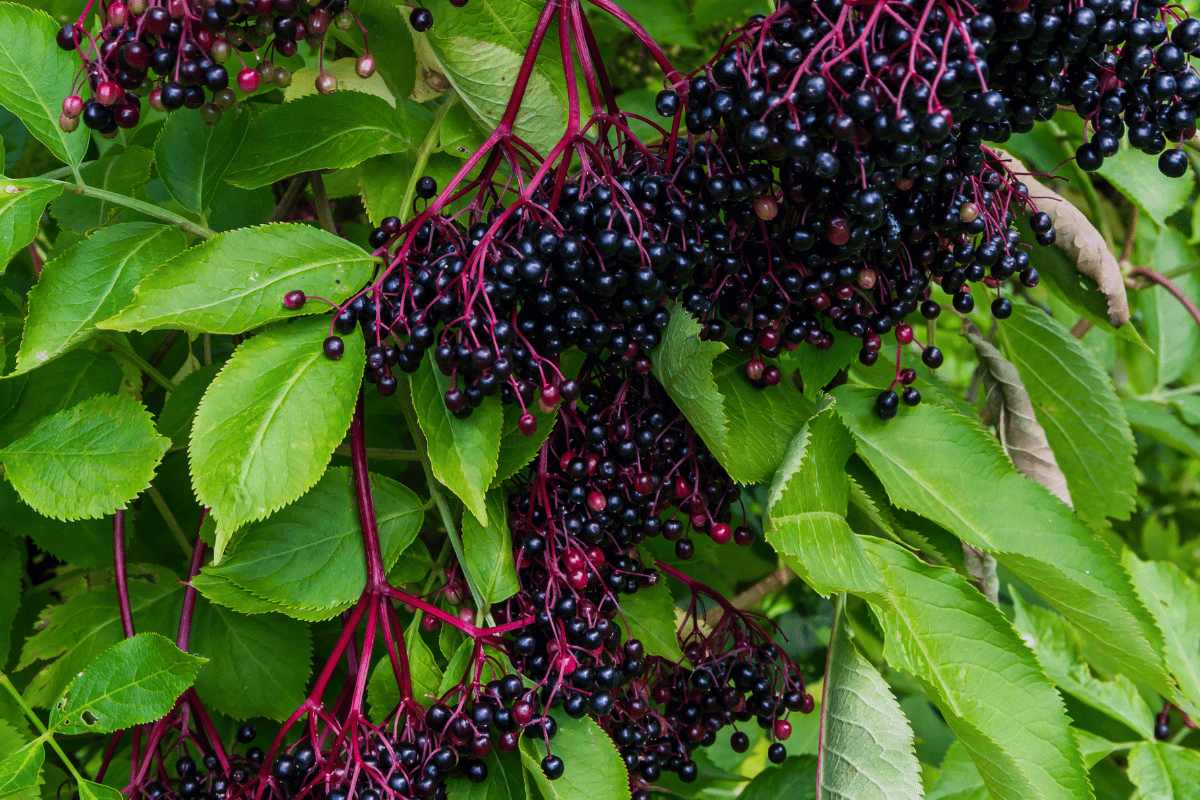
Injust ran out of my last batch of elderberry syrup and I’ll try this one for this year. Sounds very flavorful 🙂
I love elderberry’s juice so I may have to try your syrup recipe. Thanks for all the info.
This looks amazing! So nourishing for this time of year. I can’t wait to try it.